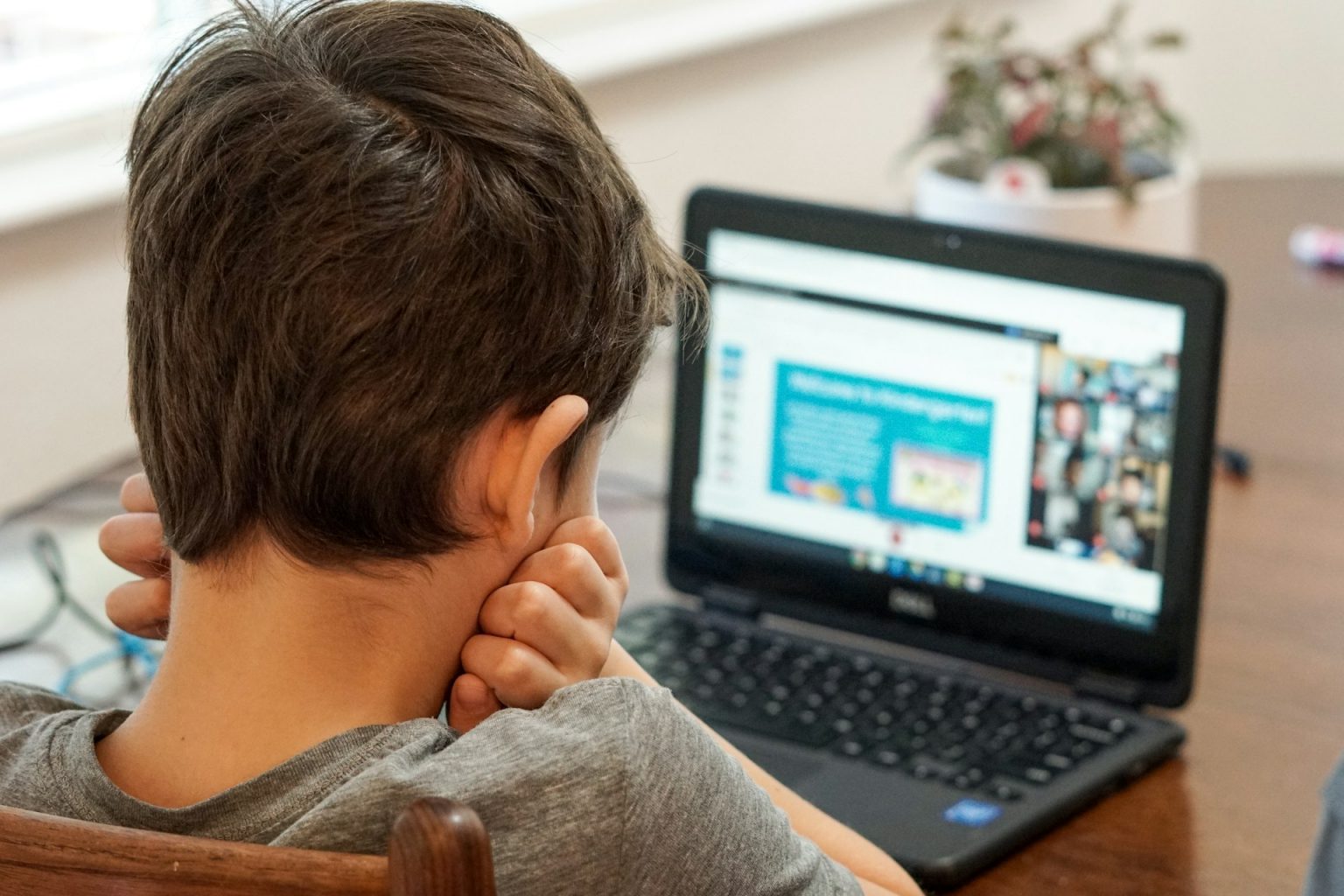The way we learn is changing fast, thanks to new technologies. This blog will look at how digital tools and online resources are creating new opportunities for students and teachers.
Online Learning Platforms
One of the biggest changes in education is the rise of online learning platforms. Websites like Coursera and Khan Academy offer courses on everything from mathematics to art. These platforms make learning accessible to anyone with an internet connection, allowing students to learn at their own pace outside of a traditional classroom setting.
Interactive Learning
Technology is also making learning more interactive. Tools like virtual reality (VR) headsets can take students on virtual field trips to museums, historical sites, or even outer space. For example, Oculus Rift provides experiences that are so immersive they feel real. This can help students learn in a more engaging and effective way.
Educational Apps
Many educational apps are now available to help students with their studies. Apps like Duolingo for language learning or Photomath for solving math problems are great examples. These apps use fun methods like games and quizzes to keep students interested and make learning feel more like play.
Adaptive Learning Technology
Adaptive learning technology is a game-changer. This technology uses algorithms to adjust the difficulty of tasks based on the learner’s performance. Websites like DreamBox offer math learning programs that adapt to each student’s skill level, helping them stay challenged but not overwhelmed.
Collaboration Tools
Finally, technology has improved the way students and teachers communicate and collaborate. Tools like Google Classroom help teachers manage class materials and interact with students online. Similarly, Microsoft Teams allows for seamless communication and collaboration among students, making group projects easier.
Conclusion
In conclusion, technology is making learning more accessible, interactive, and personalized than ever before. With these tools, students can learn in ways that fit their lifestyles and preferences, which can make education more effective for everyone. As we look to the future, it is clear that technology will continue to play a big role in reshaping education.

